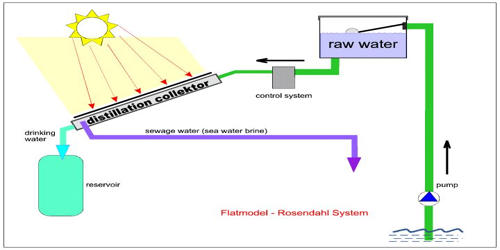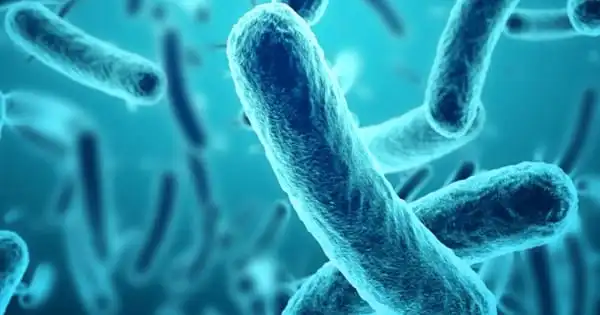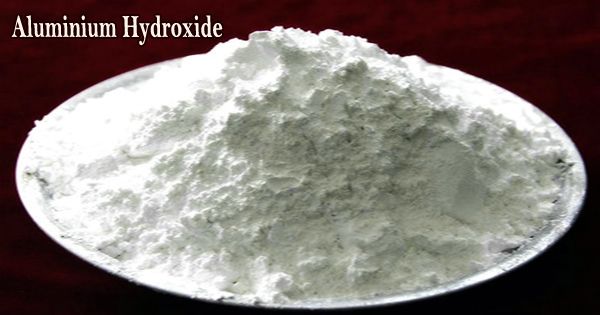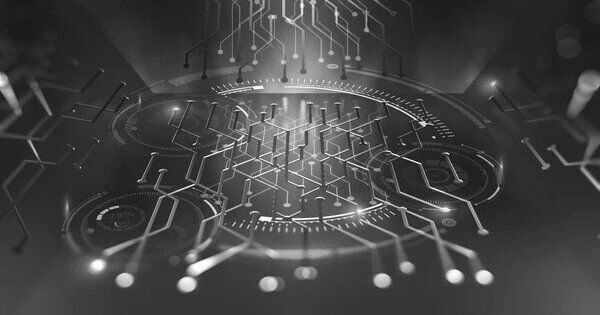Solar water disinfection (SODIS) is one of the most practical and low-cost techniques to reduce a load of pathogenic microorganisms in the water at households in low-income areas. It is a type of portable water purification that uses solar energy to make biologically-contaminated (e.g. bacteria, viruses, protozoa, and worms) water safe to drink. The technique consists of placing water into transparent plastic or glass containers which are then exposed to the sun. Water contaminated with non-biological agents such as toxic chemicals or heavy metals requires additional steps to make the water safe to drink. Its germicidal effect is based on the combined effect of thermal heating of solar light and UV radiation. When a sealed, clear container of water is exposed to sunlight, the UV radiation destroys bacterial, viral, and parasitic pathogens.
SODIS is a water treatment method that:
- improves the microbiological quality of drinking water
- does not change the taste of water,
- is applicable at the household level,
- is simple in application,
- relies on local resources and renewable energy,
- is replicable with low investment costs
Solar water disinfection is usually accomplished using some mix of electricity generated by photovoltaic panels (solar PV), heat (solar thermal), and solar ultraviolet light collection. Since SODIS is simple to use and inexpensive, the method has spread throughout the developing world and is in daily use in more than 50 countries in Asia, Latin America, and Africa. It was developed in the 1980s to inexpensively disinfect water used for oral rehydration solutions.
In the laboratory, SODIS has been proven to inactivate the viruses, bacteria, and protozoa that cause diarrheal diseases. Solar disinfection using the effects of electricity generated by photovoltaics typically uses an electric current to deliver electrolytic processes that disinfect water, for example by generating oxidative free radicals that kill pathogens by damaging their chemical structure. A second approach uses stored solar electricity from a battery, and operates at night or at low light levels to power an ultraviolet lamp to perform secondary solar ultraviolet water disinfection.
Benefits:
- Reduces bacteria, viruses, and protozoa
- Easy to use with locally available materials
- Risk of re-contamination is low because water is consumed directly from bottles
Drawbacks:
- Requires relatively clear, colorless water for effective treatment.
- Does not treat chemical contaminants in water.
- Not useful in treating large volumes of water.
Solar thermal water disinfection uses heat from the sun to heat water to 70–100°C for a short period of time. Solar radiation can be divided into three ranges of wavelength: UV radiation, visible light, and infrared radiation. A number of approaches exist. Solar heat collectors can have lenses in front of them or use reflectors. They may also use varying levels of insulation or glazing. In addition, some solar thermal water disinfection processes are batch-based, while others (through-flow solar thermal disinfection) operate almost continuously while the sun shines. Water heated to temperatures below 100 °C is generally referred to as pasteurized water. It is a zero-cost intervention measure to disinfect drinking water in areas of poor access to improved water sources, used by more than 6 million people in the world.
















